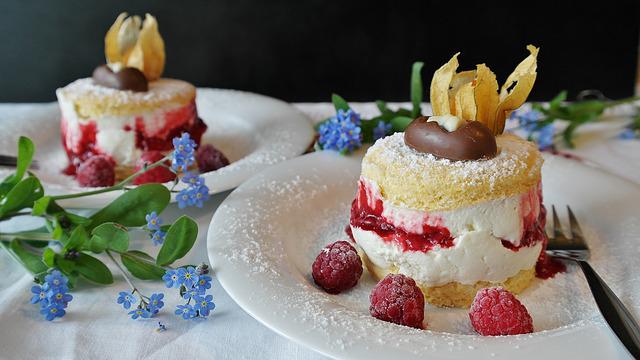Cephalotus is only native to the breezy coastal districts of southwest Australia, mainly between the towns of Albany and Walpole and is the only member of the genus.
Plain, fleshy leaves form in spring and the traps follow in summer. Long upright stems up to 60cm (2ft) in height are formed producing an unspectacular white or cream flower.
The thimble sized pitchers grow 6.5cm (2½in) high, from ground level. They are pale green in normal light conditions and turn deep red in bright sunshine. Each one has a central vertical raised groove leading to the trap opening and is covered in fine hairs. There are two further ridges on either side. These act as pathways for small crawling insects to access the pitcher cup. The edge of the cup has distinctive red ridges directed towards the inside of the cup. The trap lid has translucent patches which probably act to confuse its victim.

Growing tips
It will tolerate direct sunlight or partial shade. Temperatures of around 25C (77F) are ideal with cool nights. A humidity of around 60-70% is desirable and the roots kept moist with rainwater.
In winter a night temperature above 10°C (50°F) should be maintained. It is best they are just kept damp and any dead foliage should be removed. Don’t stand in water in winter. If over-watered the roots may rot and they are particularly prone to fungal infections. To reduce the risk of this water from above but not directly on the crown. Keeping the plant well ventilated will also reduce the risk of fungal infections, such as powdery mildew.
If your plant does suffer from mildew, you can use a sulphur or neem-based fungicide. I prefer to use a few drops of apple cider vinegar diluted in rainwater (2 teaspoons of vinegar to a quart of water). You can then use this solution to spray the infected plant. I try and catch any outbreaks early and remove the powder with a cotton wool bud dabbed in the vinegar solution. Direct sunlight also helps to kill off any outbreak.
It is a plant for warm greenhouse cultivation. Grow in equal parts by volume composted bark, washed sharp sand and perlite. Indoors, position on a sunny windowsill.
The best method of propagation is by root cuttings (during April/May), leaf cuttings or division.








Leave a Reply